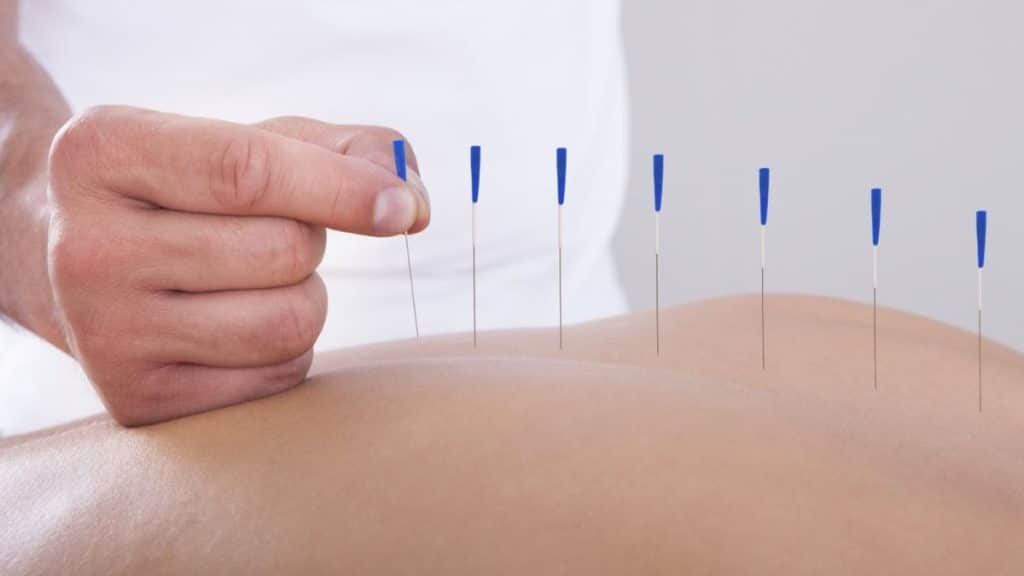Acupuncture has been a cornerstone of Traditional Chinese Medicine for thousands of years, and its use in pain management has gained increasing recognition in Western healthcare. While the exact mechanisms are still being explored through a Western scientific lens, a growing body of research suggests that acupuncture can be a valuable tool for individuals seeking relief from various types of pain.
Understanding Acupuncture
At its core, acupuncture involves the insertion of thin, sterile needles into specific points on the body. Traditional Chinese Medicine theory posits that these points lie along pathways called meridians, through which vital energy, or Qi (pronounced “chee”), flows. Imbalances or blockages in this flow are believed to contribute to pain and illness. Acupuncture aims to restore the harmonious flow of Qi, thereby promoting healing and alleviating pain, says On Point Acupuncture & Wellness, a prominent acupuncture clinic in Southlake, Texas.
From a Western perspective, the insertion of needles is thought to stimulate nerves, muscles, and connective tissue. This stimulation may trigger the release of natural painkillers (like endorphins), affect neurotransmitters that influence pain perception, increase blood flow to the affected area, and reduce inflammation.
How Acupuncture Addresses Pain
Acupuncture is commonly used to address both acute and chronic pain conditions. The approach is highly individualized, with practitioners selecting specific acupuncture points based on a patient’s unique symptoms, diagnosis, and overall health. Needles are typically left in place for a set period, often ranging from 15 to 30 minutes, during which the patient rests. Some techniques may involve gently stimulating the needles manually or by applying a mild electrical current (electroacupuncture).
Pain Conditions Acupuncture May Help
Research has explored the effectiveness of acupuncture for a wide range of pain conditions, with promising results for many. Some of the most commonly treated pain issues include:
- Lower Back Pain: Numerous studies and clinical guidelines support the use of acupuncture for both acute and chronic lower back pain.
- Neck Pain: Acupuncture has shown effectiveness in reducing neck pain and improving function.
- Osteoarthritis: Particularly for knee osteoarthritis, acupuncture has demonstrated the ability to reduce pain and improve joint function.
- Headaches and Migraines: Acupuncture may help to decrease the frequency and intensity of tension headaches and migraines.
- Fibromyalgia: This chronic condition characterized by widespread musculoskeletal pain may see symptom relief with acupuncture treatment.
- Myofascial Pain Syndrome: Acupuncture targeting trigger points in muscles has shown favorable effects on pain intensity.
- Sciatica: While more research is needed, some evidence suggests acupuncture may be helpful for sciatica pain.
- Postoperative Pain: Acupuncture has been explored as a complementary therapy to help manage pain after surgery and potentially reduce the need for opioid medications.
The Acupuncture Experience for Pain Relief
For many, the idea of needles can be intimidating, but the needles used in acupuncture are very fine, and most people experience little to no pain upon insertion. Sensations can vary, ranging from a dull ache or pressure to a mild tingling or warmth at the acupuncture points. Many patients find the treatment to be deeply relaxing and may even fall asleep during a session.
The number and frequency of acupuncture sessions needed for pain relief vary depending on the individual, the condition being treated, and the severity of the pain. A qualified acupuncturist will develop a personalized treatment plan during the initial consultation.
Acupuncture as Part of a Comprehensive Pain Management Plan
It’s important to view acupuncture as a complementary therapy that can be integrated into a comprehensive pain management plan. It is not typically a replacement for conventional medical care but can be used alongside other treatments, such as physical therapy, medication (under medical supervision), and lifestyle modifications.
If you are struggling with pain, discussing acupuncture as a treatment option with your healthcare provider is a worthwhile step. They can help you determine if acupuncture is a suitable approach for your specific condition and help you find a qualified and licensed acupuncturist.
